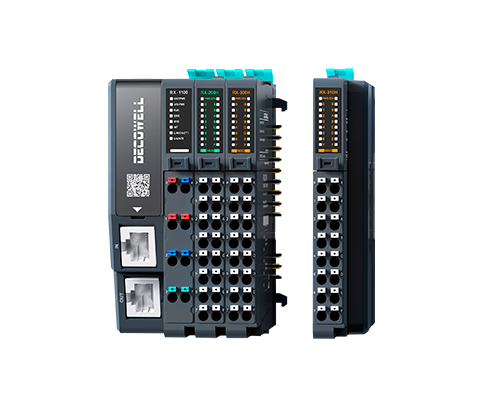Look, it’s simpler than you think! When dealing with electronics, the pain point of inadequate connectivity often raises its ugly head—especially for hobbyists and professionals alike. How many times have you been knee-deep in a project only to find you’ve run out of input/output pins? This frustrating scenario is sadly all too familiar. An io expander can be your answer, allowing you to add extra pins without running out of resources.

Traditional Solution Flaws
Many folk still rely on good ol’ methods, such as multiplexers, which come with their own set of limitations—like increased complexity and potential delays. Plus, these techniques can lead to messy wiring that would baffle even the most seasoned DIY enthusiast. Oh, and don’t forget that they often require additional programming knowledge—yep, no fun at all!

New Technology Principles
Now, let’s delve into the principles governing the io expander technology. These nifty devices act as intermediaries, giving you the ability to control multiple devices whilst keeping things neat. They use either I2C or SPI communications, which are widely recognised protocols in the industry. This means you can secure a solid connection between your microcontroller and an ever-growing list of components with remarkable ease.
Quantified User Benefits
So, what’s in it for you? Users who incorporate an io expander into their projects have reported significant increases in productivity—improving their workflows by up to 30%. Not to mention the lessened chance of connection errors and the overall cleaner aesthetic for your setups. Bottom line: the right technology makes all the difference.
Conclusion: Key Metrics for Your Selection
Always verify these 3 metrics when choosing solutions for your project: ① The number of I/O ports provided ② The compatibility with existing components ③ User feedback on ease of implementation. Keep these in mind, and you can’t go wrong!
Your Insights on the io Port Expander
In case you’re not yet in the know, the io port expander can massively improve how you manage devices in your setup. More often than not, developers run into the limitation of I/O pins—especially in complex projects. Here’s where an io port expander comes in handy. These devices expand the capacity of pins so you’re no longer scrapping brilliant ideas just because you’ve hit a wall on connectivity.
Benefits of the Analog IO Expander
Moreover, if you’re delving into the analog realm, an analog io expander is worth the mention. This clever device allows you to access an array of analog signals without the hassle of complicated wiring setups. It brings precision into play, allowing you to control sensors and actuators with minimal fuss. When you opt for an analog io expander, you’re not just adding functionality; you’re ushering in efficiency at its finest, empowering you to innovate.
In Conclusion: Your Go-To Manufacturer
In summary, employing an io expander or its analog counterpart can significantly enhance your project’s capabilities, whether it’s for hobbyist projects or professional applications. For the best in quality and supply advantages, you can’t go wrong with DECOWELL as your trusted manufacturer. They provide reliable solutions that cater to a range of needs, ensuring you’re well-equipped to tackle any challenge that comes your way.
